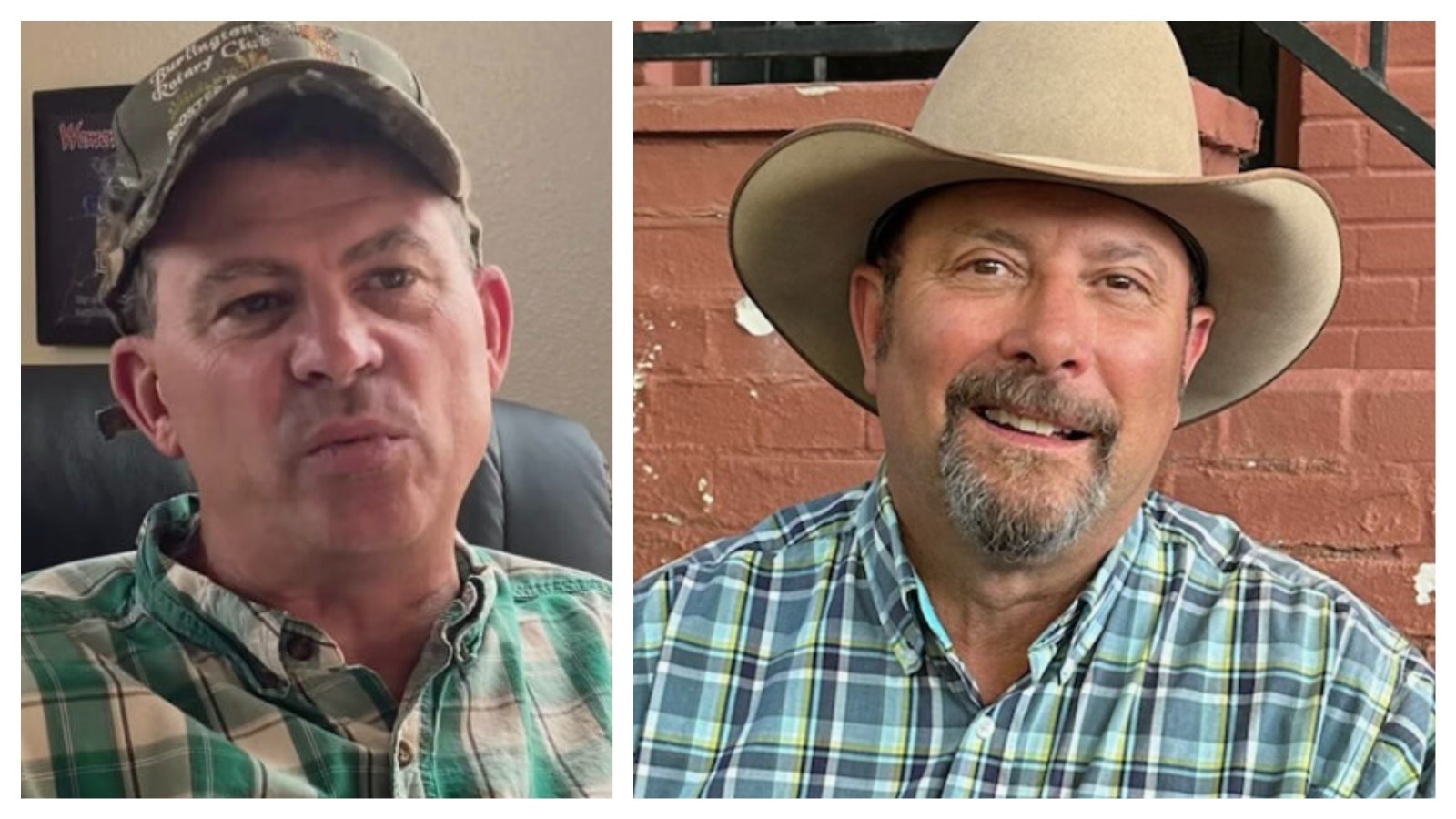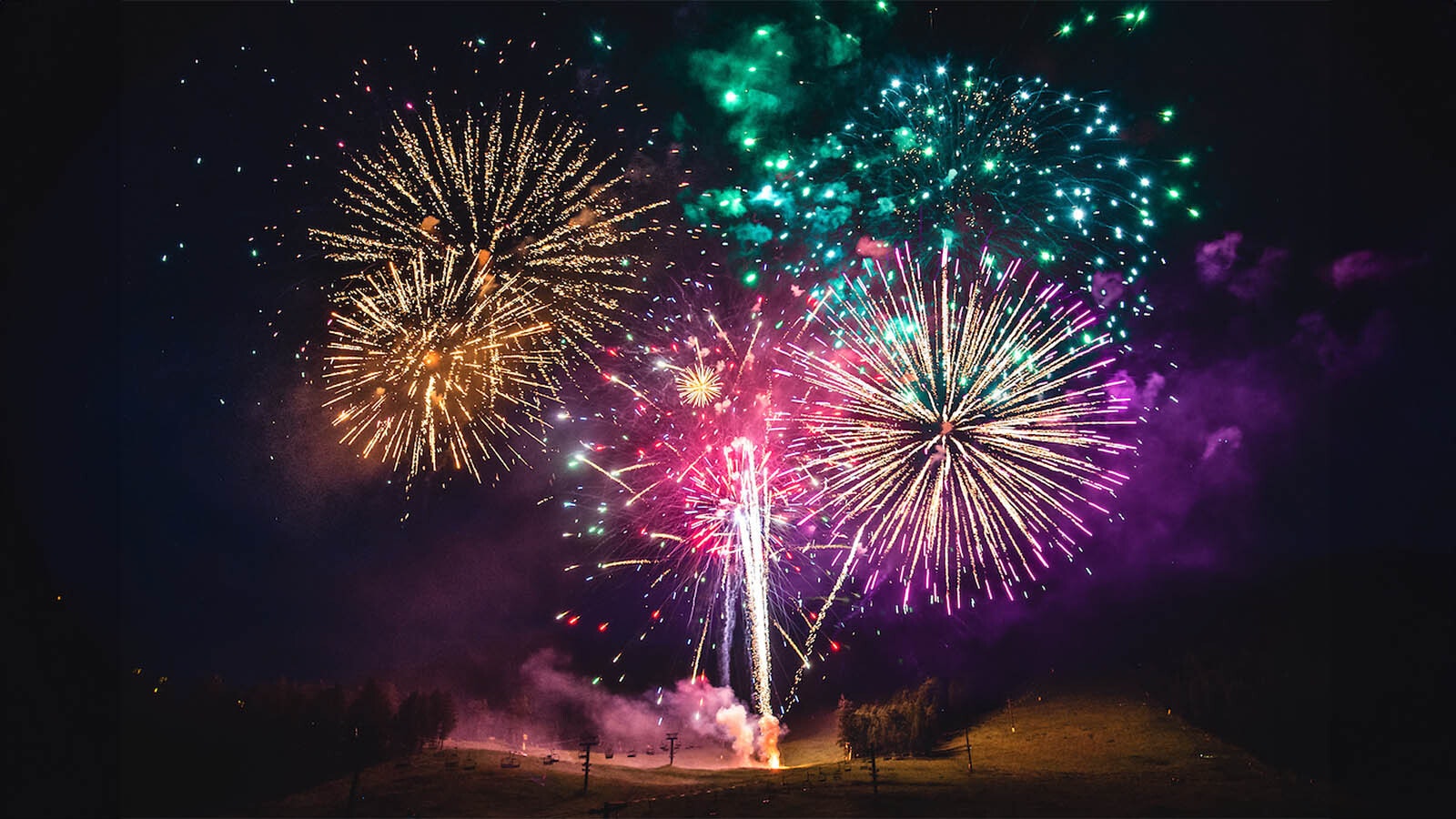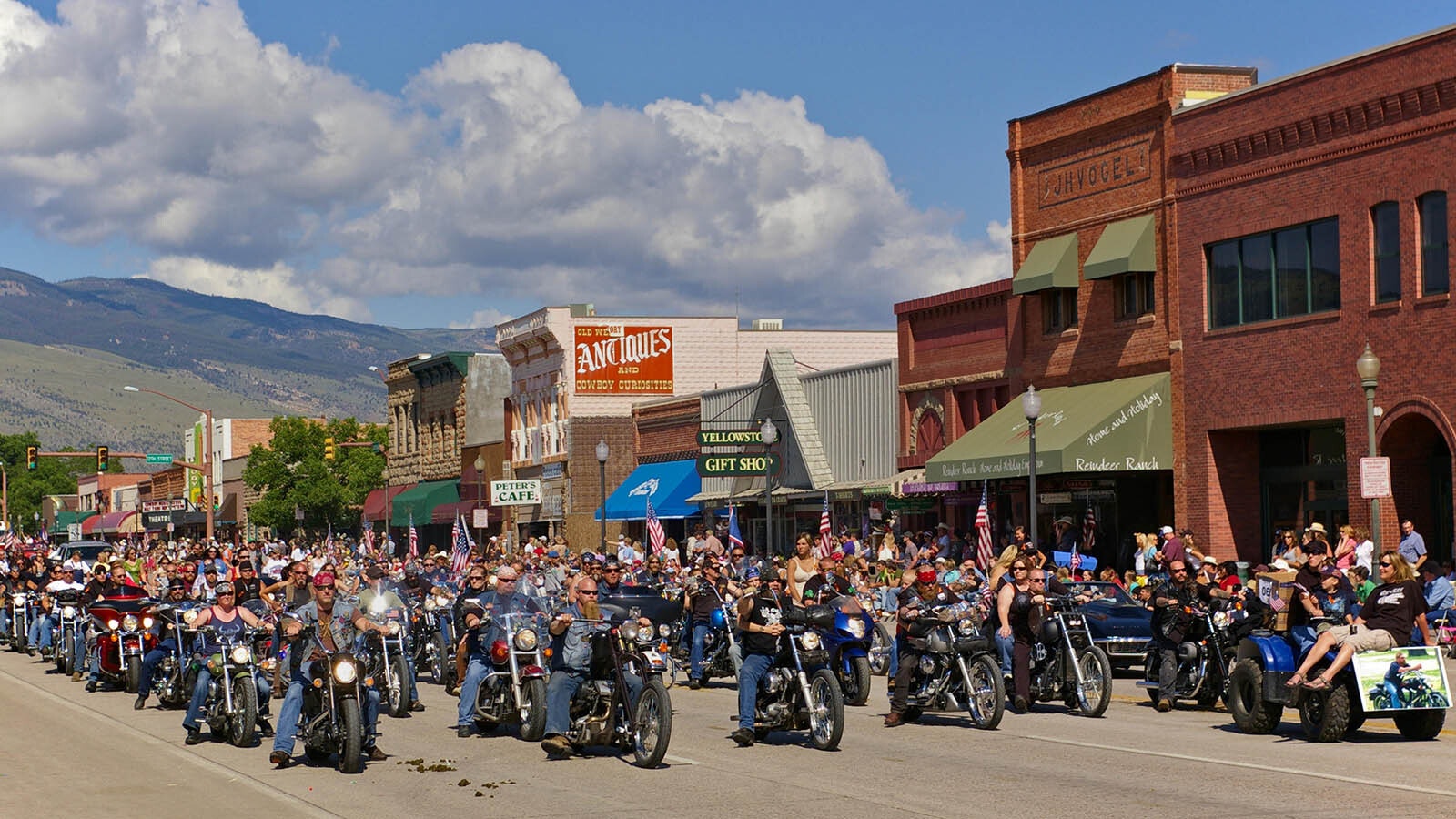Like dedicated cosplayers who spend hours meticulously dressing up as their favorite superheroes or sci-fi characters, historical reenactors are serious about the details. Call them history nerds or history geeks, just don’t call them unauthentic.
Authenticity in reliving, reviving and retelling Wyoming’s colorful Western history is the mission of the nearly 60 reenactors who make up the Casper-based Platte Bridge Company, which will spend the summer going around the state bringing the 1820s through 1880s off the pages of history books and to the public.
The historic reenactors are from all walks of life and ages and portray the fur trade period, American Civil War, the Westward trails pilgrims and the Plains Indian wars.
Commander Nic Skalicky said the company initially began as a bunch of buddies hanging out and reenacting as soldiers in the 1800s. They would put up period tents and camp.
But true historical reenactment is much more than buddies dressing up on a weekend and goes beyond being a hobby.
“And what we have developed Platte Bridge Company into today doesn’t even come close to what that was,” Skalicky said. “Our primary goal and our motto is bringing history to life. We feel as reenactors that the public, adults and children, youth, will learn history better if they can actually see it and be part of it.”
Skalicky said his passion for history began as an eighth grader. Then as an adult, he became a volunteer docent at the National Historic Trails Interpretive Center when some youth there became interested in reenacting.
Over time, the original group of five has grown to include five dozen people who put on period military, civilian or fur trader outfits and portray and teach what life was like from the 1820s to the 1880s in Wyoming.
Growing
Last year, the group obtained nonprofit status and Skalicky said the group’s three-member leadership team hopes to continue to see the group grow. After doing 70 events last summer, Skalicky said the group’s schedule this year is scaled back, but still involves traveling Wyoming and setting up period camps.
Skalicky, 40, a former firefighter, EMT and emergency management specialist for a mining company, said his life changed after being involved in an accident with a semitrailer in 2019. He could no longer work.
So, his focus turned to his hobby, which has now become an organization that seeks to get people enthused about Wyoming’s early history and attract more young people.
“We really focus on developing our youth,” he said. “We teach them leadership skills and public speaking. We teach them how to research properly, give them a platform to share their voice and their opinions as it pertains to history, and just really foster an environment where they can grow personally.”
Tangible History
Skalicky said the group includes several members who portray mountain men and the fur trade, and they can explain the trading items that were used during the time.
The group worked with the Wyoming Game and Fish Department to get real animal hides to give people a true “feel” for some of the state’s historic game animals.
“We’ve got buffalo and moose and deer, so people can pick up this hide and actually feel these animals without the fear of being tossed in the air or trampled or any of the stuff we laugh at tourists for doing,” he said.
No detail is spared in showing just how people lived, including using period-authentic commodities like sugar and tea, which aren’t anything like people are used to today. Then, sugar came in hard-packed cones and tea was compressed into solid bricks.
“We have some of the tea from that time that is compressed and actually stamped with British stamps so people can actually see that,” Skalicky said.
For those who portray soldiers, the reenactors wear authentic wool uniforms, carry muskets and wear the leather belts and pouches that would have been used to carry cartridges and tools for daily camp life in the 1860s.
“We have a replica cannon, and we are working on getting another one, that’s a fundraising push right now is to get our mountain howitzer,” Skalicky said.
Women in the group dress in the style of the women who would have been on a trail across the state.
The Encampment
The group’s encampment features two Sibley-type tents used by the military in the 1800s and modeled after teepees. They can each sleep 12 to 15 soldiers each.
The reenactors also set up a quartermaster’s tent, hospital tent and A-frame-style soldier tents. A woman who portrays an Army officer’s wife also has a tent that depicts her moving along with her husband.
Other props include period buckets for the laundress’ station, desks and tables for letter writing and a chest of children’s games from the period.
As part of the letter writing, reenactors teach the public how to write with quill and ink in the copperplate cursive style used by many during that time period.
“We recognized that civilians at the time had so much more to offer that people could learn about,” Skalicky said.
The group sets up a station for people to see how laundry was done with a washboard and lye soap and will provide a piece of clothing for a willing participant to scrub. A rug is hung and people given a rug beater to experience what life was like without a vacuum cleaner.
The Dance
Skalicky believes the “crown jewel” opportunity the reenactors offer is the opportunity to experience what a dance was like back in the day. They’ve chosen to “mash up” two styles.
“It’s part Virginia reel and part Kentucky reel, and it’s just chunks of these little period dances that we have put together into one and we call it our dance,” he said. “We start out playing it with traditional music, violin/fiddle, camp music is what we call it, and then we will play more modern songs so people can take those steps home and practice at home.”
Skalicky said that typically, the bystanders who are reluctant to dance get pulled in by a member of the group and “by the end of the day, they are smiling, clapping and everyone is having a great time. Man, it’s magical.”
The group now uses recorded music, but Skalicky recently happened to meet a man at a gas station in Laramie who might change that. Skalicky learned that the man lives in Glenrock and has a five-piece band that plays 1800s-style music.
“So, we are trying to coordinate schedules to get them to one of our events so they can play for us,” Skalicky said.
Skalicky’s group also is trying to recruit more Native American members. He hopes to engage more natives to become part of the group and reenact and share their stories of the 1860s and 1870s and the Plains Wars from their perspective.
Honest Portrayals
Skalicky said it’s important for history to be factual and that reenactors be honest in their roles.
“America is great, but we didn’t always do it right. Let the public know it’s OK to admit our mistakes and let that history be known — right, wrong, or indifferent — from all sides,” he said. “I think our nation, and not just our state, would benefit from that.”
While the company boasts a solid group of young people, Skalicky said he also appreciates the parents who support their young reenactors and assist the group in several different ways, even though they may not be part of it.
Typically, once the group performs at a venue, someone young or old will ask how to join.
“It’s like a family, we give each other grief, we build each other up and we just want to see each other succeed,” he said. “It’s a safe place for us to be history nerds and safe place to explore the passion we have today correlated to what life was like back then. I’m pretty proud of what the Platte Bridge Company has become.”
Contact Dale Killingbeck at dale@cowboystatedaily.com
Dale Killingbeck can be reached at dale@cowboystatedaily.com.











